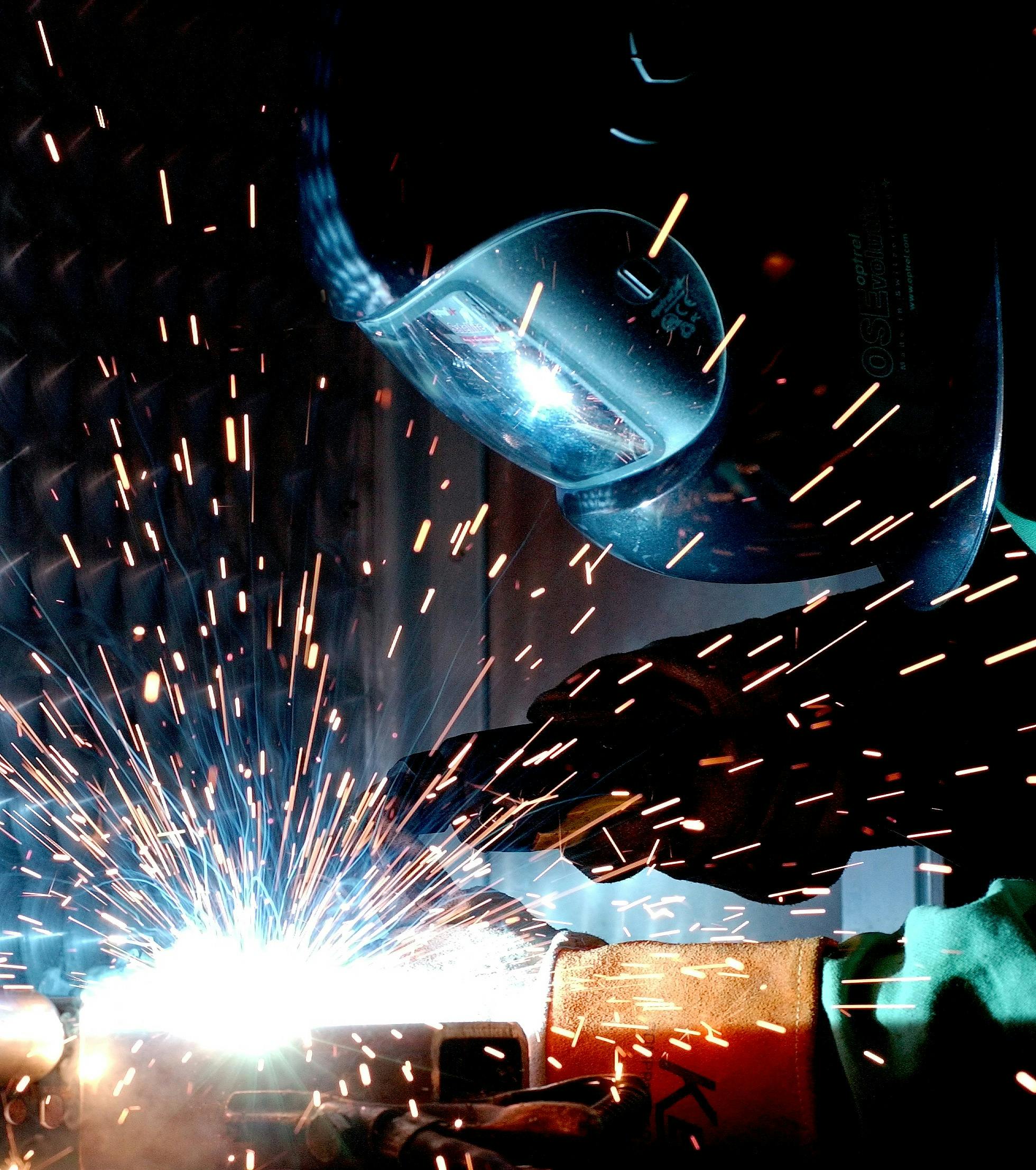Is a New Manufacturing Golden Age Possible in America?
The current White House has made many bold promises, but near the top of the list is the pledge to reverse the decline in the nation’s manufacturing sector and usher in a new “golden age” in it.
When you look at the data, however, that task looks to be remarkably tall to the point of being almost impossible. The American Communities Project looked at U.S. Census data since 2010 and found that manufacturing jobs have actually increased in the United States overall and in nine of the 15 community types. Urban and suburban places have seen most of the gains.
The declines have come “per capita.” That is, manufacturing jobs have become a smaller percentage of the workforce in nearly every community type in that time. But labor force experts believe much of that loss is likely attributable to automation.
Manufacturing in the ACP
Data from the U.S. Census American Community Survey finds there were about 15.6 million jobs in the manufacturing sector in 2010 and about 15.9 million in 2023, the latest data available for all counties in the United States. The biggest increase came in the Exurbs in the ACP, which saw an increase of about 144,000 manufacturing jobs in that time.
Close behind were the Urban Suburbs, which added about 141,000 jobs in the sector in the same time frame. Then came the College Towns, which added some 62,000 manufacturing jobs.
There are some big caveats to those numbers. First, all those places saw manufacturing decline as a percentage of total employment in this time period. Second, remember that in 2010 the United States was just emerging from the Great Recession, so some of the increases may be due to relatively low figures in the 2010 data.
Furthermore, the Middle Suburbs, the blue-collar communities largely around the Great Lakes that have become crucial in elections in states such as Michigan, Wisconsin, and Pennsylvania, have seen a much smaller increase of only about 31,000 manufacturing jobs in that time, not enough to keep up with population growth.
Still an increase in jobs is an increase in jobs and with that in mind, it’s hard to ignore the larger point in the data: the power of urbanicity.
The six community types that have seen an actual decline in manufacturing jobs since 2010 are all rural: the African American South, Aging Farmlands, Evangelical Hubs, Native American Lands, Rural Middle America, and Working Class Country.
Automation and Costs
There is a lot going on behind those declines. First, the working-age population in many of those communities is growing slowly or even declining. But beyond that, some of those declines may be due to the broader long-term changes in manufacturing, including a move toward automation that requires larger capital expenditures on big machines that do the work humans used to do.
Over the last 40-plus years, there has been a steep drop in manufacturing employment. In 1979, more than 19 million people had jobs in manufacturing, according to the Bureau of Labor Statistics, which offers a slightly different measure of manufacturing jobs. By 2024, that figure was about 13 million people.
And remember that drop happened as the population of the United States grew by more than 100 million — from about 225 million to more than 330 million.
Add those numbers up and it looks like a massive decline for manufacturing. But a funny thing happens when you look at the data differently. When examining manufacturing output as a percentage of real GDP, that is GDP adjusted for inflation, the numbers look fairly flat, over a very long period.
Ivan Illan, chief investment officer for the firm AWAIM, notes that since the 1940s, manufacturing has contributed about the same percentage to U.S. GDP, somewhere around 12%. Economists at the St. Louis Federal Reserve wrote in 2015 that the percentage had bounced between 11.3% and 13.6% in that time. (The number was a little lower in 2024, about 10%, but that was largely due to the impact of inflation.)
How’s that relatively flat number possible? Manufacturing has become more efficient, and it has become cheaper to produce products made in the United States “likely because of automation.”
Challenges Ahead
To be clear, the message here is not, “Well then, everything is rosy.” The losses in manufacturing employment are real, they disproportionately hit the more rural communities in the ACP, and that momentum isn’t likely going to stop.
For years now, much of the discussion around manufacturing losses has focused on the loss of “small manufacturing.” Those are the kinds of firms that were once big job providers everywhere, but especially in small rural communities. The ACP has visited those places and seen communities dealing with the losses. Big capital investments can be hard in small communities.
Taken together, the data suggests bringing back a “golden age” of manufacturing — or at least manufacturing employment — is going to be especially difficult in rural America and, frankly, difficult in the United States overall.
Ultimately, there may not be a lot of manufacturing jobs to bring back because many of our ideas about manufacturing — men standing along an assembly line doing repetitive tasks — are increasingly outdated. The world has changed. Turning back the clock on history may make for good politics, but it’s a less workable strategy in reality.
